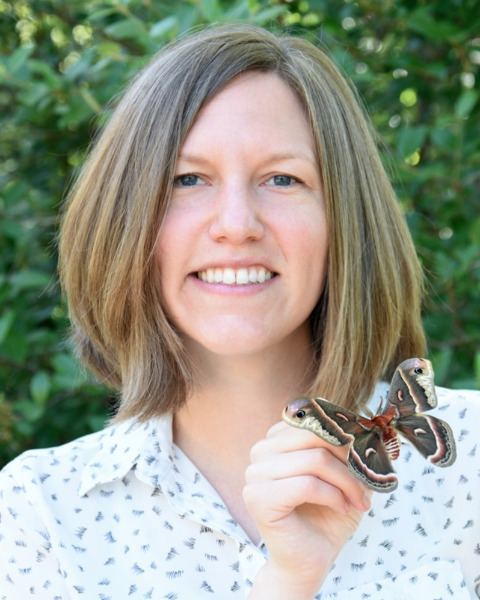Plant-Insect Ecosystems
10-Minute Paper
Dual biological control: Characterization of fungi and bacteria to control granary weevil and fungal pathogens of stored grain
.jpg)
Gülçin Ercan
Researcher
University of Nebraska
Lincoln, Nebraska
Julie A. Ann Peterson
University of Nebraska
North Platte, Nebraska- AA
Anthony O. Adesemoye
University of Nebraska
Lincoln, Nebraska
Presenting Author(s)
Co-Author(s)
Cereals are important food sources for humans and animals, but can be infested by insects and fungi during storage. One of the most important insect storage pests is Sitophilus granarius(L., Coleoptera: Curculionidae).Adults and larvae can cause serious grain losses. In addition, fungal pathogens including Fusarium graminearum, Aspergillus parasiticus,and Penicillium chrysogenum are important grain fungal pathogens globally. Moreover, these pests share the same niche and have possible interactions with each other that increase economic losses. Currently, the most commonly used management strategies for insect and fungal storage pests are based on conventional pesticides and cultural methods. However, there are no effective chemical pesticides and biocontrol agents that are registered against both granary weevil and fungal grain pathogen pests. Therefore, control of both insect pests and fungal pathogens with the same biocontrol agents is significantly important in terms of providing effective control and economic benefit by reducing number of applications of grain protectants. The aim of this study was to find potential biocontrol agents that showed dual biocontrol effect against granary weevil and fungal pests in stored grain. We determined that two fungal isolates (Trichoderma gamsii E1032 and E1064) and one bacterial isolate(Bacillus amyloliquefaciens C415) achieved dual control against both the insect pest and the fungal pathogens by causing mortality of S. granarius and suppression of three grain fungal pathogens. This study demonstrates dual biocontrol against insect and fungal pests, which has potential as a component of Integrated Pest Management strategies for stored grain.

